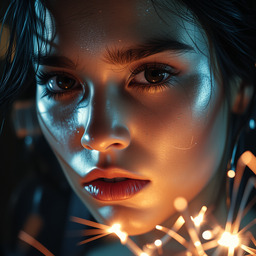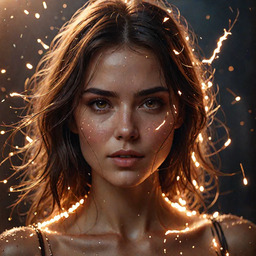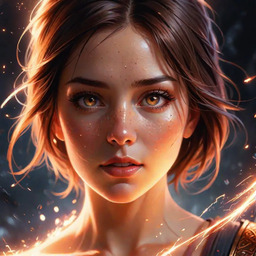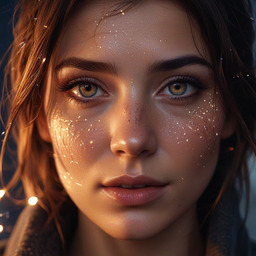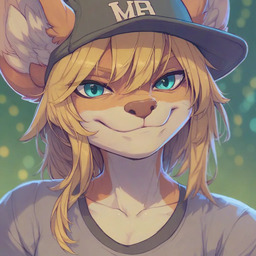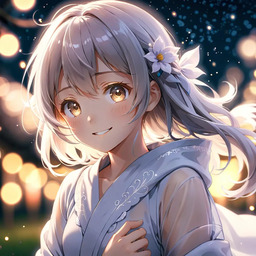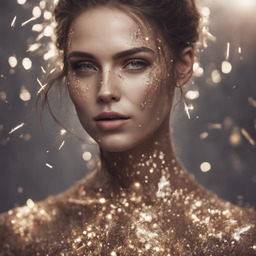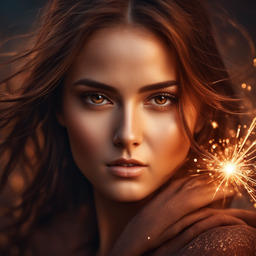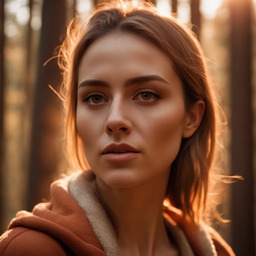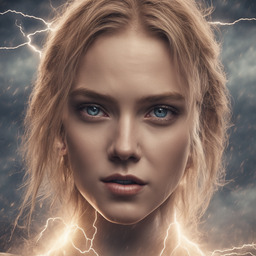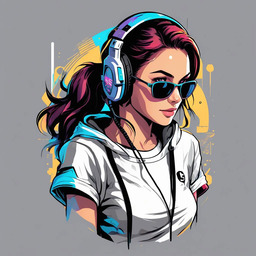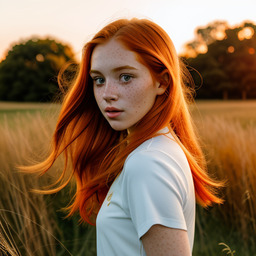 |
0001softrealistic_v187 |
Generate high-quality realistic pictures |
512x512 |
n/a |
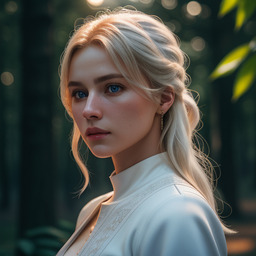 |
absolute_reality_1 |
Generate high-quality realistic pictures |
512x512 |
n/a |
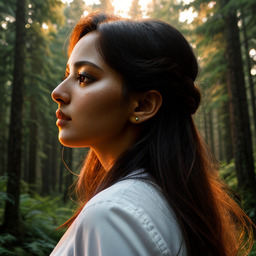 |
absolute_reality_1_6 |
Generate high-quality realistic pictures |
512x512 |
n/a |
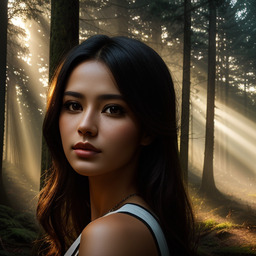 |
absolute_reality_1_8_1 |
Generate high-quality realistic pictures |
512x512 |
n/a |
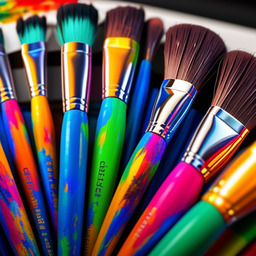 |
absolute_reality_1_8_1_inpaint |
A generalist inpainting model |
512x512 |
n/a |
 |
abyss_orange_mix_2 |
An AI model capable of generating high-quality, highly realistic illustrations. It can generate elaborate and detailed illustrations that cannot be drawn by hand. It can also be used for a variety of purposes, making it extremely useful for design and artwork. |
512x512 |
n/a |
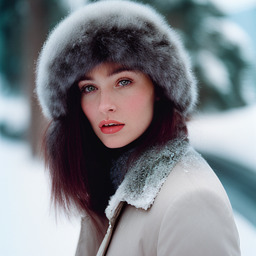 |
analog_diffusion |
Analog photographs |
512x512 |
"analog style" |
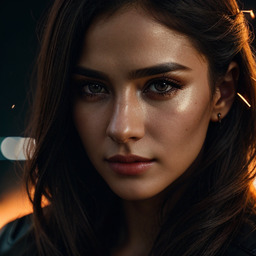 |
analogmadness_7 |
Generate high-quality realistic pictures |
512x512 |
n/a |
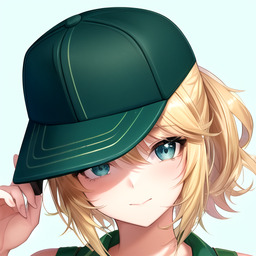 |
anylora |
A model with a style neutral enough to get accurate styles with any style LoRA. |
512x512 |
n/a |
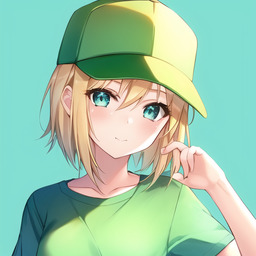 |
anything_3_0 |
Very versatile high-quality anime style generator |
512x512 |
n/a |
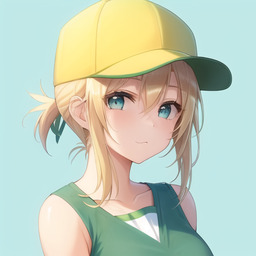 |
anything_4_0 |
This model is intended to produce high-quality, highly detailed anime style with just a few prompts. Like other anime-style Stable Diffusion models, it also supports danbooru tags to generate images. |
512x512 |
n/a |
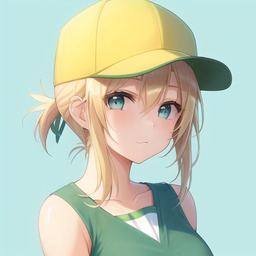 |
anything_4_5_inpaint |
An inpainting model specialized for anime |
512x512 |
n/a |
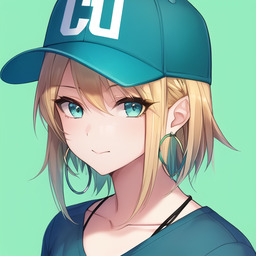 |
anything_5_0 |
Very versatile high-quality anime style generator |
512x512 |
n/a |
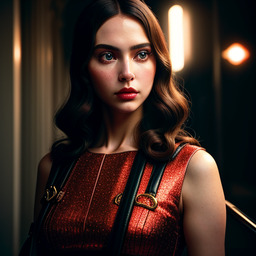 |
art_universe_v8 |
This SDXL version is a big experiment in creating checkpoints for generating creative images. |
512x512 |
n/a |
 |
arthemy_comics_gt_beta |
Generate stunning images inspired by western comics style |
512x512 |
n/a |
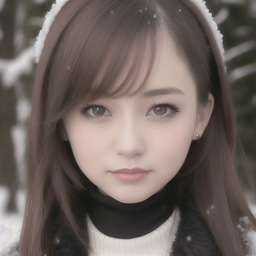 |
basil_mix |
|
512x512 |
n/a |
 |
blood_orange_mix |
Generate high-quality anime images |
512x512 |
n/a |
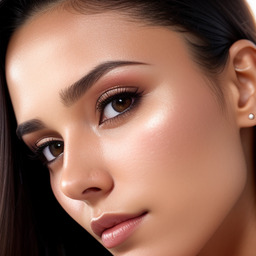 |
cyberrealistic_1_3 |
Generate realistic photos |
512x512 |
n/a |
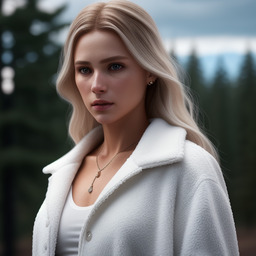 |
cyberrealistic_3_1 |
Generate high-quality realistic pictures |
512x512 |
n/a |
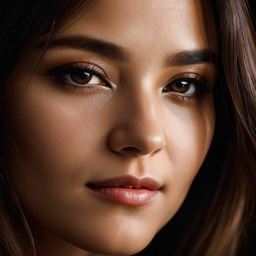 |
cyberrealistic_3_3 |
Generate high-quality realistic pictures |
512x512 |
n/a |
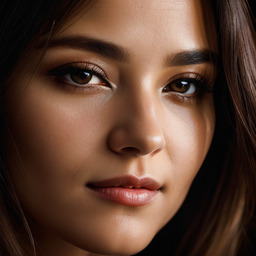 |
cyberrealistic_3_3_inpaint |
A generalist inpainting model |
512x512 |
n/a |
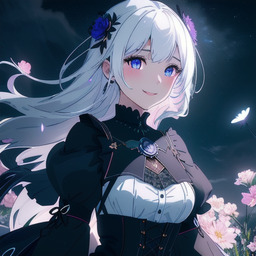 |
dark_sushi_mix_v2_25d |
A model specialized to generate stunning & detailed anime images |
512x512 |
n/a |
 |
deliberate |
This model provides you the ability to create anything you want using very detailed prompts. |
512x512 |
n/a |
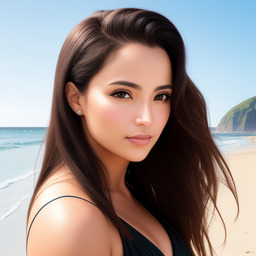 |
deliberate_2 |
This model provides you the ability to create anything you want using very detailed prompts. |
512x512 |
n/a |
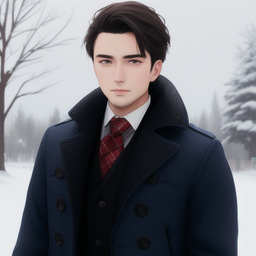 |
dh_classicanime |
A model finetuned on retro anime images |
512x512 |
n/a |
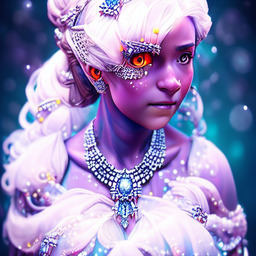 |
disco_diffusion_style |
Imitate the style of the Disco Diffusion AI |
512x512 |
"a photo of ddfusion style" |
 |
double_exposure_diffusion |
Creates double exposure photography |
512x512 |
"dublex style" |
 |
dreamix_1 |
This model was made to make awesome stylish 3d characters |
512x512 |
n/a |
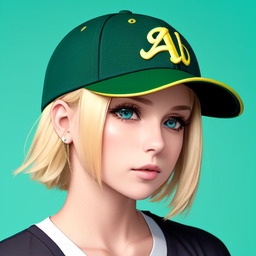 |
dreamshaper |
Generate high-quality digital paintings |
512x512 |
n/a |
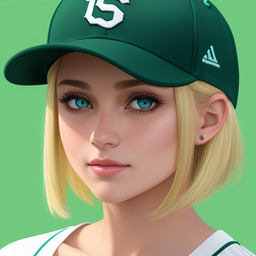 |
dreamshaper_5 |
Generate high-quality digital paintings |
512x512 |
n/a |
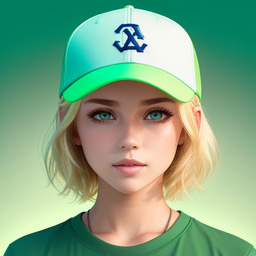 |
dreamshaper_6 |
Generate high-quality digital paintings |
512x512 |
n/a |
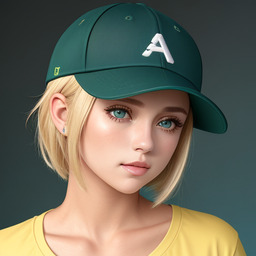 |
dreamshaper_7 |
Generate high-quality digital paintings |
512x512 |
n/a |
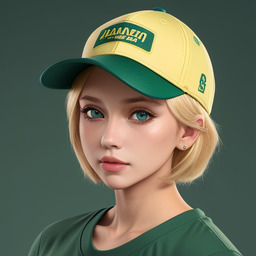 |
dreamshaper_8 |
Generate high-quality digital paintings |
512x512 |
n/a |
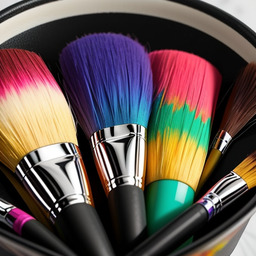 |
dreamshaper_8_inpaint |
A generalist inpainting model |
512x512 |
n/a |
 |
duchaiten_anime |
Generate anime images with a subtle 3D effect |
512x512 |
n/a |
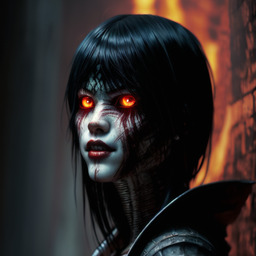 |
duchaiten_darkside |
DucHaitenDarkside is the dark side version of DucHaitenAIart, it does well with images with heavy atmosphere, as well as being able to create dramatic images like in the movies. |
512x512 |
n/a |
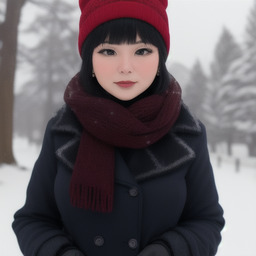 |
duchaiten_dreamworld |
Generate anime images with a subtle 3D effect |
512x512 |
n/a |
 |
eimis_anime_diffusion_1 |
High-quality and detailed anime images |
512x512 |
n/a |
 |
ely_orange_mix |
Generate high-quality anime images |
512x512 |
n/a |
 |
emoji_diffusion |
Emoji’s |
512x512 |
"emoji" |
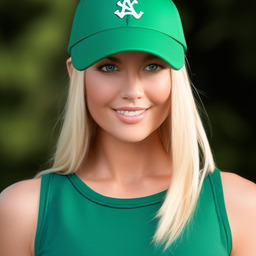 |
epic_diffusion_1 |
General purpose model focused on providing high quality output in a wide range of different styles, |
512x512 |
n/a |
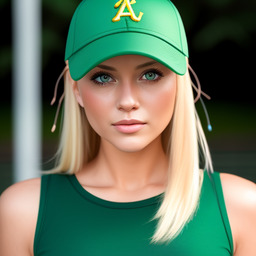 |
epic_diffusion_1_1 |
General purpose model focused on providing high quality output in a wide range of different styles, |
512x512 |
n/a |
 |
foto_assisted_diffusion |
Photorealistic modern HDR photography style |
512x512 |
n/a |
 |
furrytoonmix |
A model specialized to generate furry characters |
512x512 |
n/a |
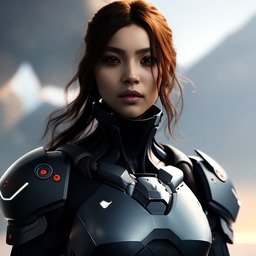 |
future_diffusion |
High quality 3D images with a futuristic Sci-Fi theme. |
512x512 |
"future style" |
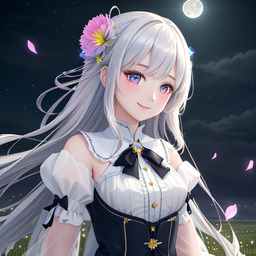 |
ghostmix_v2 |
A model specialized to generate stunning & detailed anime images |
512x512 |
n/a |
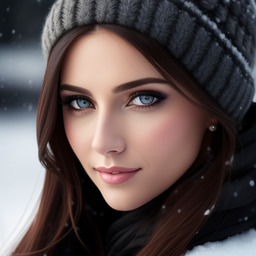 |
hasdx |
General purpose model for realistic images / photography / portraits |
512x512 |
n/a |
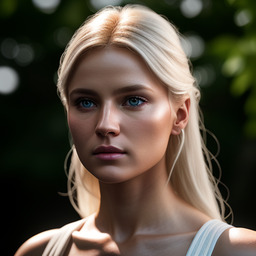 |
icbinp |
Generate high-quality realistic pictures |
512x512 |
n/a |
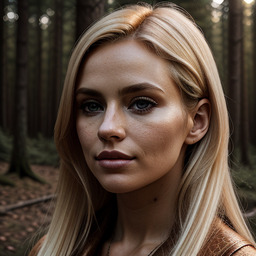 |
icbinp_seco |
Generate high-quality realistic pictures |
512x512 |
n/a |
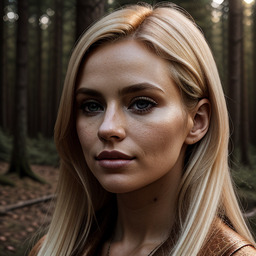 |
icbinp_seco_inpaint |
A generalist inpainting model |
512x512 |
n/a |
 |
iconsmi_appiconsmodelforsd |
Mobile app icons |
512x512 |
"IconsMi" |
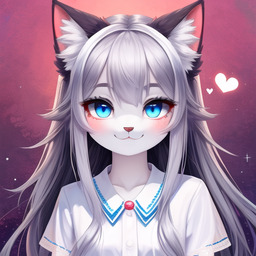 |
indigo_furry_mix_v120_hybrid |
A model specialized to generate furry characters |
512x512 |
n/a |
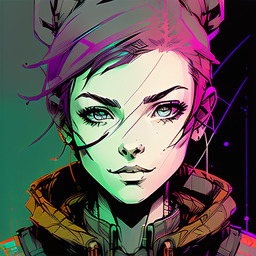 |
inkpunk_diffusion |
Ink drawings in cyberpunk style |
512x512 |
"nvinkpunk" |
 |
instruct_pix2pix |
General instruction-following image model |
512x512 |
n/a |
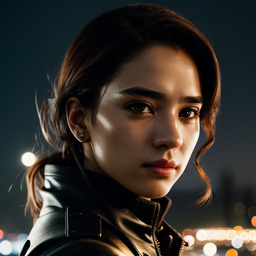 |
juggernaut_reborn |
Generate high-quality realistic pictures |
512x512 |
n/a |
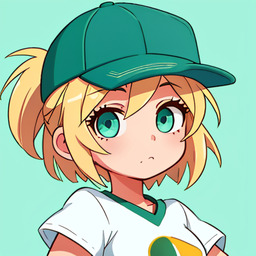 |
kidsmix |
Beautiful drawings to illustrate children's stories |
512x512 |
n/a |
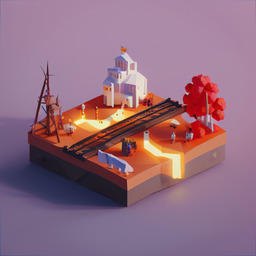 |
lowpoly_world |
Generate small low poly worlds |
512x512 |
"a photo of lowpoly_world" |
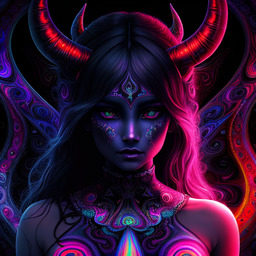 |
nightmareshaper |
Welcome to Unstable Diffusers a collection of checkpoints where limitations cease to exist, and creativity knows no bounds. This checkpoint defies restrictions and empowers you to generate anything your imagination desires |
512x512 |
n/a |
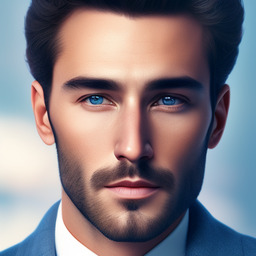 |
openjourney |
Model fine tuned on the Midjourney style |
512x512 |
"mdjrny-v4 style" |
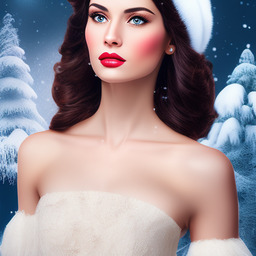 |
openjourney_2 |
Model fine tuned on the Midjourney style |
512x512 |
n/a |
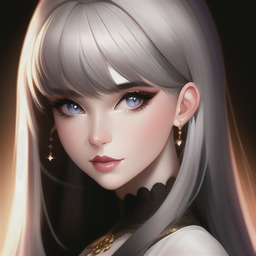 |
openniji |
Generate anime images |
512x512 |
n/a |
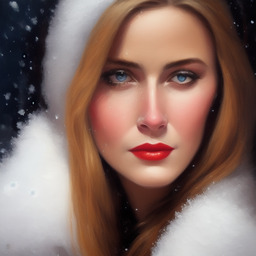 |
paint_journey_2_768px |
Oil paintings artwork characterized by intricate details, vibrant colors, and light that brings artwork to life. |
768x768 |
"((oil painting))" |
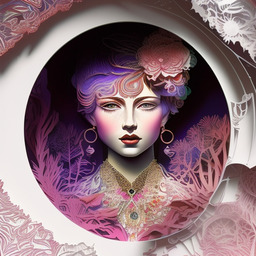 |
papercut |
Images of paper cut art |
512x512 |
"mdjrny-pprct" |
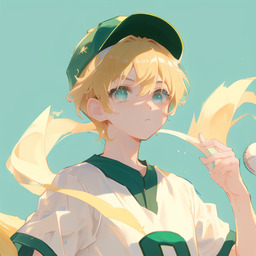 |
pastel_mix |
This model is made with the thought of imitating pastel-like art. |
512x512 |
n/a |
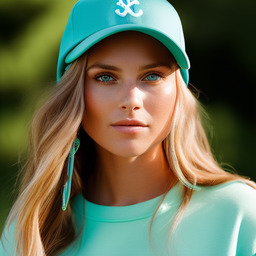 |
portrait_plus |
A model specialized to produce consistent portrait composition and consistent eyes. |
512x512 |
"portrait+ style" |
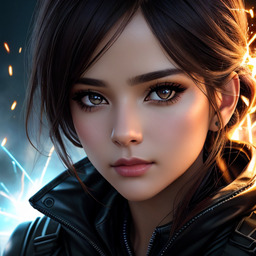 |
realcartoon3d_13 |
Generate high-quality digital paintings |
512x512 |
n/a |
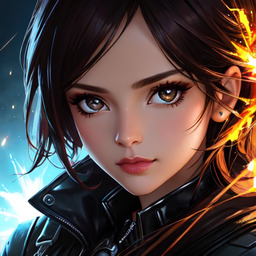 |
realcartoonanime_10 |
High-resolution anime pictures |
512x512 |
n/a |
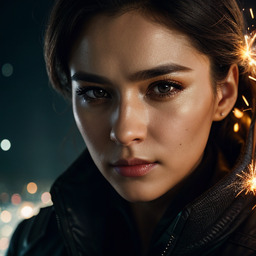 |
realdream_12 |
Generate high-quality realistic pictures |
512x512 |
n/a |
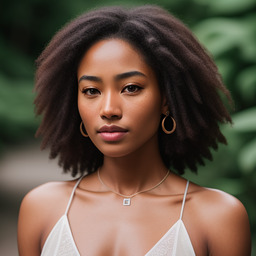 |
realistic_vision_1_3 |
Generate realistic photos |
512x512 |
"RAW photo, *subject*, high detailed skin, 8k uhd, dslr, soft lighting, high quality, film grain, Fujifilm XT3" |
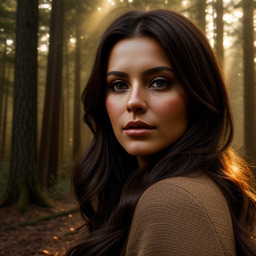 |
realistic_vision_5_1 |
Generate high-quality realistic pictures |
512x512 |
n/a |
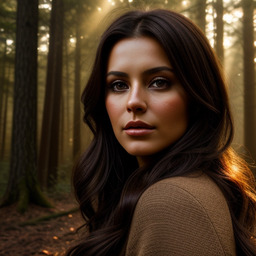 |
realistic_vision_5_1_inpaint |
A generalist inpainting model |
512x512 |
n/a |
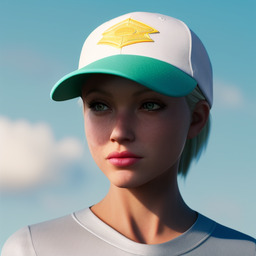 |
redshift_diffusion |
High resolution 3D artworks in the style of Cinema4D’s Redshift rendering engine |
512x512 |
"redshift style" |
 |
redshift_diffusion_768px |
High resolution 3D artworks in the style of Cinema4D’s Redshift rendering engine |
768x768 |
"redshift style" |
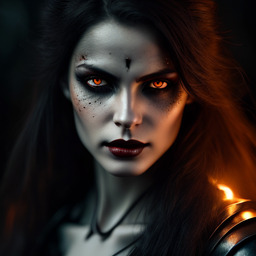 |
rpg_5 |
This model focuses on stylistic RPG game portraits & characters. |
512x512 |
n/a |
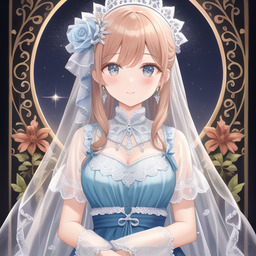 |
something_2 |
This model is intended to produce vibrant but soft anime style images. |
512x512 |
n/a |
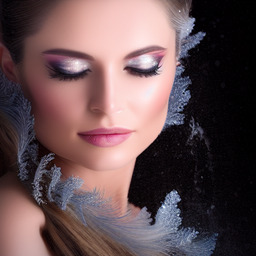 |
stable_diffusion_fluidart |
Create images with stylish fluid art |
512x512 |
"FluidArt" |
 |
stable_diffusion_papercut |
Images of paper cut art |
512x512 |
"PaperCut" |
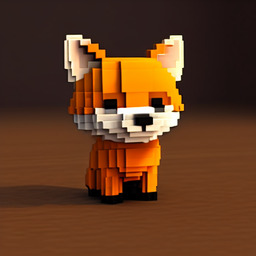 |
stable_diffusion_voxelart |
Create images with voxel art |
512x512 |
"VoxelArt" |
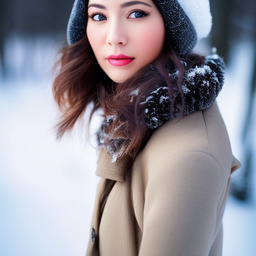 |
stablediffusion_1_4 |
A generalist Stable Diffusion model |
512x512 |
n/a |
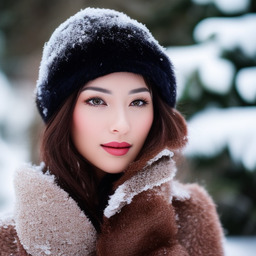 |
stablediffusion_1_5 |
A generalist Stable Diffusion model |
512x512 |
n/a |
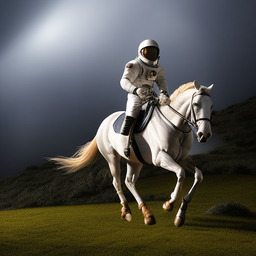 |
stablediffusion_2_0_512px |
A generalist Stable Diffusion model |
512x512 |
n/a |
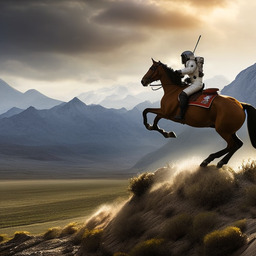 |
stablediffusion_2_0_768px |
A generalist Stable Diffusion model tuned for images of at least 768 pixels. |
768x768 |
n/a |
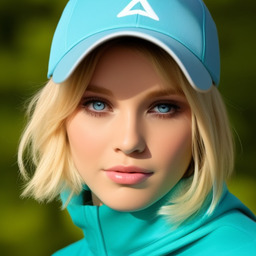 |
stablediffusion_2_1_512px |
A generalist Stable Diffusion model |
512x512 |
n/a |
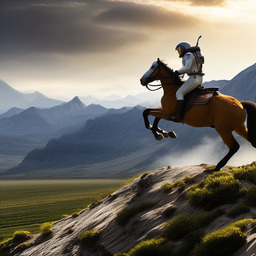 |
stablediffusion_2_1_768px |
A generalist Stable Diffusion model tuned for images of at least 768 pixels. |
768x768 |
n/a |
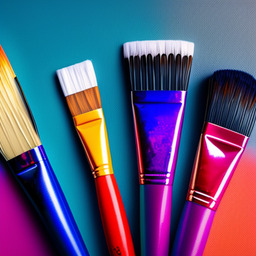 |
stablediffusion_inpaint_1 |
A generalist inpainting model |
512x512 |
n/a |
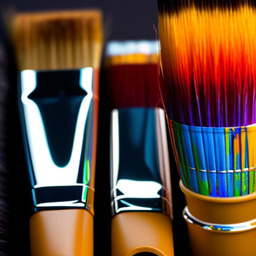 |
stablediffusion_inpaint_2 |
A generalist inpainting model |
512x512 |
n/a |
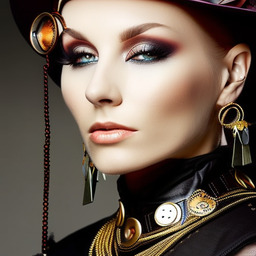 |
steampunk_diffusion |
Specialized for steampunk-style images |
512x512 |
"Steampunk-Character" |
 |
synthwavepunk_v2 |
Cyperpunk / Synthwave style |
512x512 |
"snthwve style" "nvinkpunk" |
 |
texture_diffusion |
Flat diffuse textures with very little visible lighting/shadows. |
512x512 |
"pbr" |
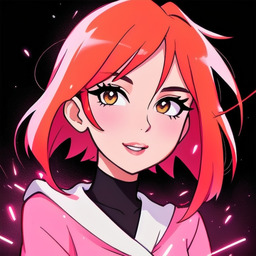 |
toonify_2 |
Toonify is an excellent model if you're looking for cartoonish renders. |
512x512 |
n/a |
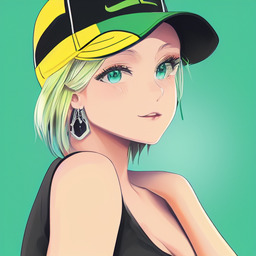 |
trinart_2_0 |
Generate anime images |
512x512 |
n/a |
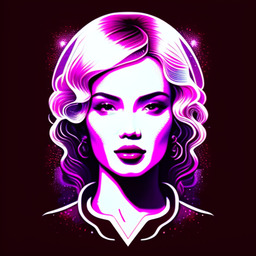 |
tshirt_diffusion |
Stunning designs intended to be printed on t-shirts |
512x512 |
"(as a t-shirt logo in the style of <magifactory> art)" |
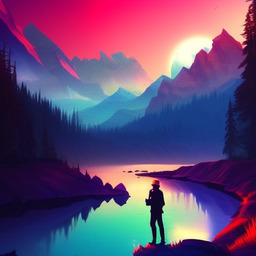 |
vectorartz_diffusion |
Generate beautiful vector illustration |
512x512 |
"vectorartz" |
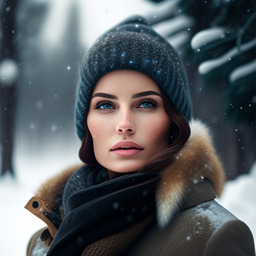 |
vintedois_diffusion_v0_1 |
Beautiful images with simple prompts |
512x512 |
"estilovintedois" |
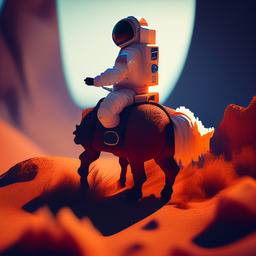 |
vox_2 |
Objects made out of voxels |
512x512 |
"voxel-ish" |
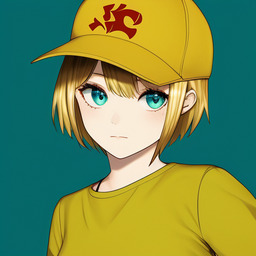 |
waifudiffusion_1_3 |
Anime images using danbooru tags |
512x512 |
n/a |
 |
waifudiffusion_1_4 |
High-quality anime images |
512x512 |
n/a |
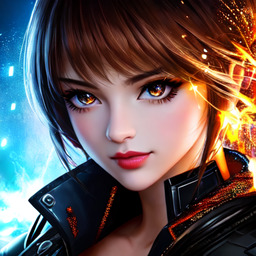 |
yesmix_4 |
Anime style images |
512x512 |
n/a |
